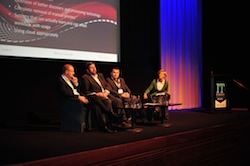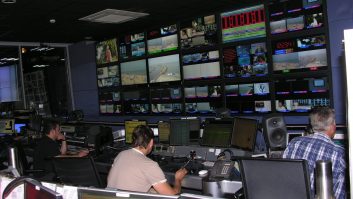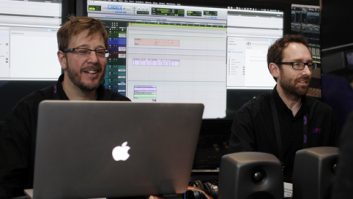
TVBEurope’s fourth IT Broadcast Workflow conference opened with a stimulating discussion on the way that we cannot slide gently into an IT-driven future. If broadcasters are to really derive the potential benefits, then there is a need for some dramatic changes. The session was chaired by Lesley Marr, senior operations director at ITFC in London. She gave a brief history of the moves from tape to files, as the basis for the way we should be specifying future workflows. Tape, according to Marr, was a comfort zone: “We knew where we were when the same piece of media that came out of the edit suite could be played to air, and could be archived.” File-based workflows have been around for a decade or more, but the next generation, she suggested, must not only support multi-platform delivery, they must be knowledge-oriented, based on intelligent automation. If we are working towards the removal of manual processes then systems have to learn and adapt their own workflows through usage. Alan Whiston of BBC North and Nations felt that a lot of what can be automated is now being automated, and people are now largely confined to the creative and productive tasks, and Jon Mobbs of Deluxe Media Technologies agreed that only through adaptive systems can we achieve the efficiencies to deliver better content faster. The discussion moved on to the need to link business systems with the video technology. As Duffy said, “We are a unique industry in that we know the cost of the factory but we do not know the cost of processing.” Mobbs pointed out that legacy workflows often concealed costs within organisations, which make it hard to understand where the money goes. Finally, the panel looked at a final critical issue in moving from traditional broadcast hardware to IT systems: a major shift in equipment investment cycles. Whereas we have looked for seven or 10 years’ life, the IT world expects a refresh cycle of three years. Even this seems like a long time today: three years ago the iPad was unknown, yet today it has transformed the way consumers view media. Apps become popular practically overnight: even three months to deliver a new service can be too long.







